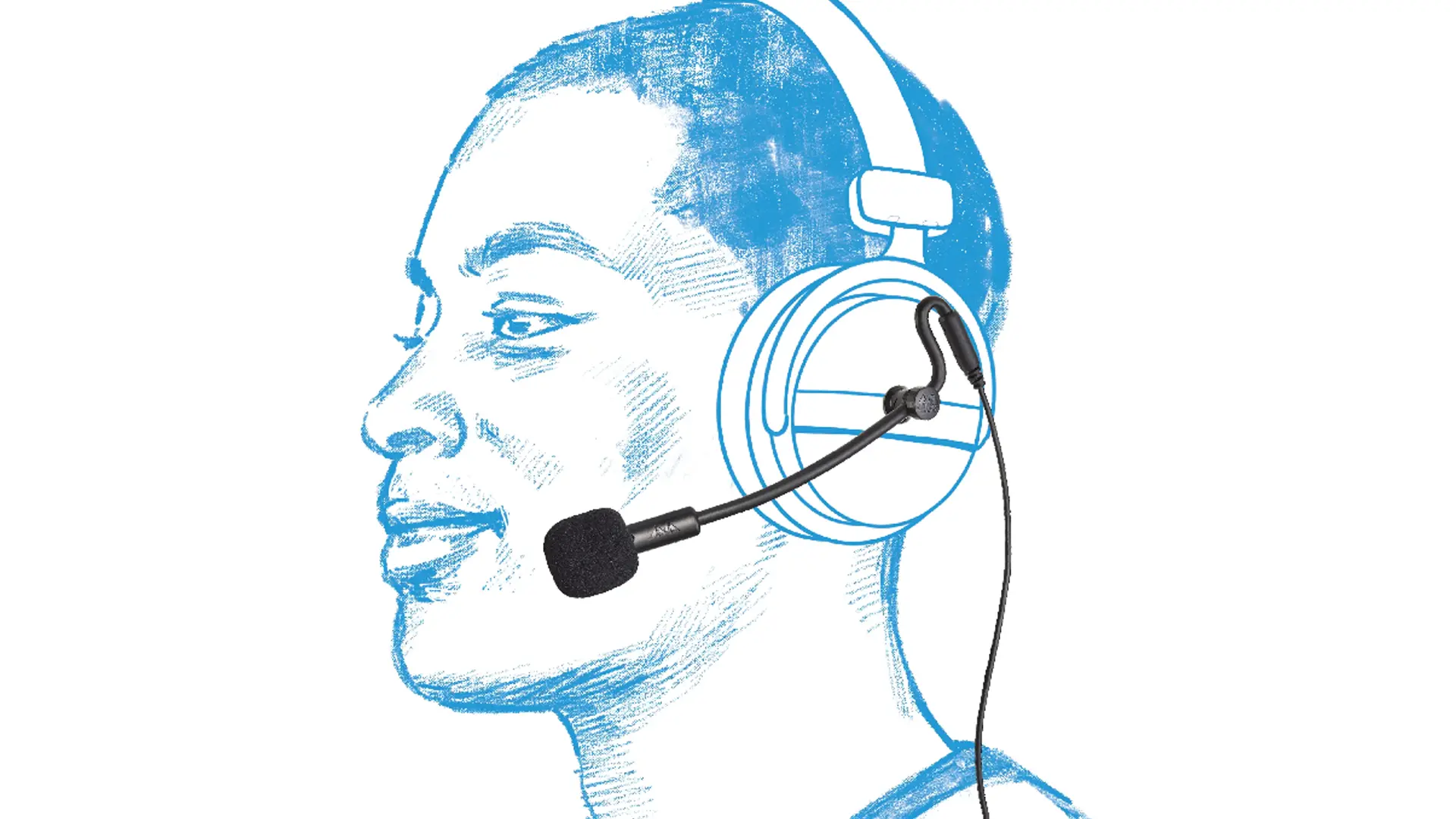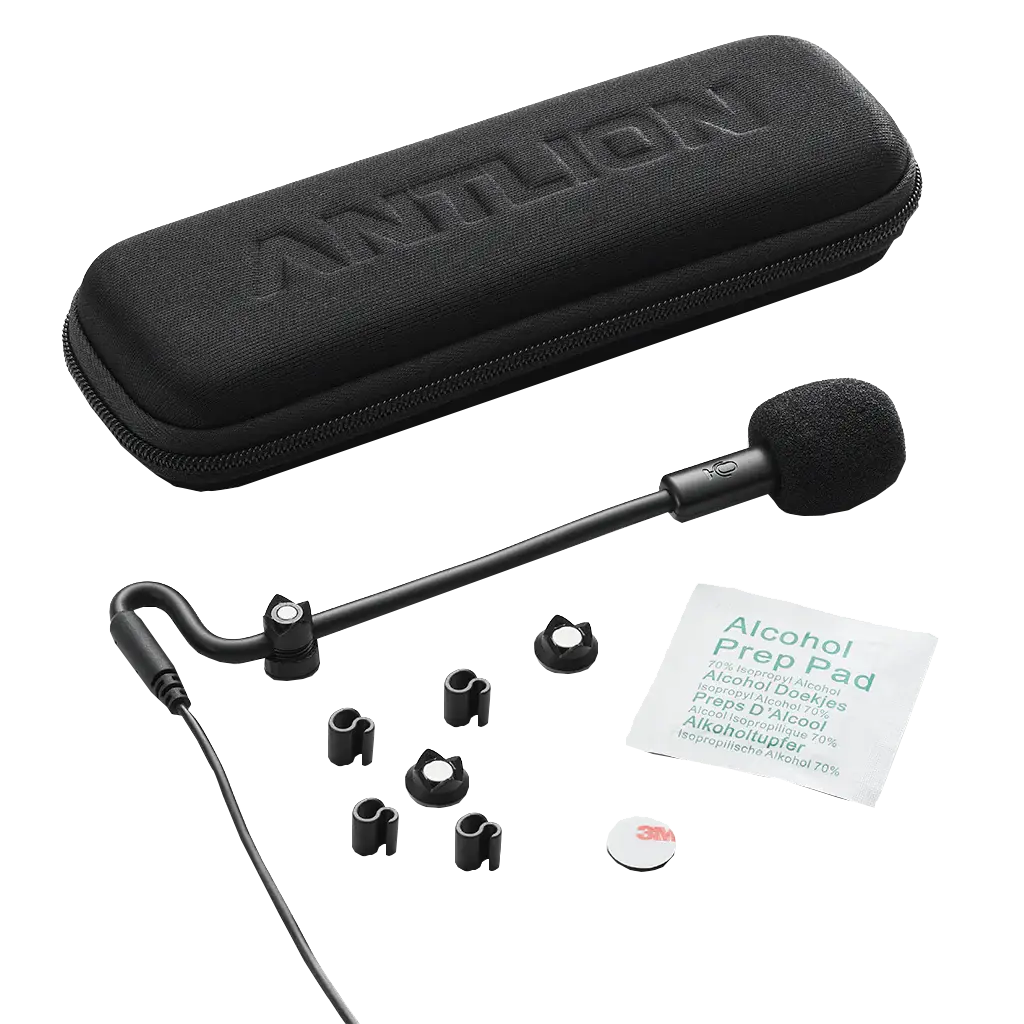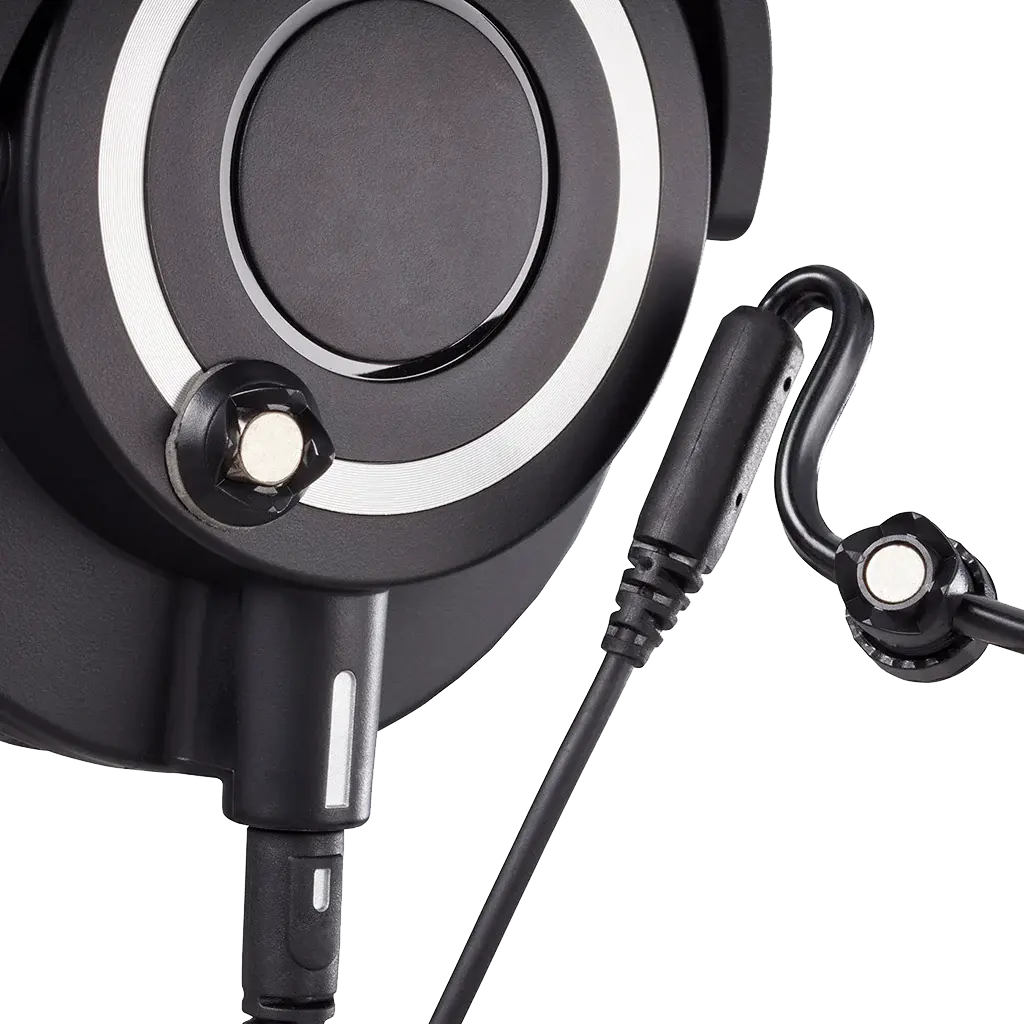
Listen to The VRverse Podcast


Review: Antlion ModMic USB 2
- August 28, 2024
- 6:47 pm
Antlion Audio have been my go to microphone manufactures for over four years, and now they have made improvements to their Modmic USB and released a refined version. I have been putting this through some testing as a gaming microphone, with Virtual Reality and also recording/streaming – so, how does it perform?

Release Date: August 13th 2024
Brand: Antlion Audio
Price: £89.95
Reviewed On: PC / PS5 / Mulitple HMD’s
* Producy Provided For Review *
What’s In The Box?
In the box you will receive one ModMic USB 2 with an inline mute switch, one USB-A to USB-C adapter, a top clasp, a hard-shell travel case, two base clasps, one additional adhesive, an alcohol prep pad, a foam pop filter an five cable clasps.

Setting Up The Microphone
The ModMic USB 2 is a plug-and-play device, so the setup is as straight forward as plugging it into your PC and your ready to go. This is the same with the PS5, plug it into your console and it’s ready to go straight away. So, never mind which platform you are going to use the microphone, it’s a couple of minutes process from having it out of the box and ready to use.
Specifications

General
Cable Length: 2 meters
Terminations: USB-A (USB-C adapter Included)
Noise-canceling pickup pattern
Digital in-line mute switch
Patented base clasp that can attach to any device

USB 2 Microphone Capsule
Microphone Pattern: Omni-Directional
Sensitivity: 36±3 dB
Impedance: 2.2 (max) kΩ
S/N Ratio: 67 (typ) dB
Maximum Input Sound Pressure Level: 110 (max) dB
Standard Operating Voltage: 3.0 Vdc
Operating Voltage Range: 1.0~10 Vdc

Improvements
Single Capsual Design
Better signal to noise ratio
Lower noise floor
Improved strain relief durability
Testing The Product
Antlion Audio’s ModMics are designed with one goal, to offer great quality microphones to combat the audio quality of microphones on gaming headsets. Meaning if you are an audiophile and have a great pair of headphones you like to use, that are sans microphone, with the ModMic’s patented base clasp, you can add a high quality microphone to your headphones that can be attached and removed at your whim.
When testing the ModMic USB 2 microphone, I have found this is the best quality performance I have had from a ModMic, showing that the improvements made have enhanced their product. The testing for this was done playing online games, VOIP calls, audio recording programs and OBS for recording and streaming. In all cases the overall performance, quality and clarity was above and beyond what I was expecting from the microphone.
An area I would have like to have seen better performance is the soft fall off, as other USB microphones perform better in this area. Although, these are desk based microphones that cost a little more than the ModMic USB 2, so this could be a possible trade off for the price, and to be fair it’s not bad on the USB 2, there’s just others better out their in this area.
Also, one thing that is present on most USB powered microphones and that is a slight background hiss, and this is the same with the ModMic USB 2. However, this is very slight and very easily removed using noise gate settings within audio recording programs and with streaming/recording programs like OBS.
Testing With Virtual Reality
With using the ModMic Wireless for so many years due to the wireless capabilities, I was interested in seeing how it a fully wired microphone would work with VR devices – as people seem to dislike cables with VR now, which personally doesn’t bother me.
PCVR
As mentioned above I really don’t mind wires with my VR, as I can run these through the pulley system to keep them off the ground, I run a pair of wired headphones along the HMD cable with Velcro cable-ties. So, adding an additional wire was not any sort of issue for me.
With my daily driver for PCVR the DPVR E4 Black, I just ran a USB extension cable along the HMD wire with the headphones cable and I had no issues with the microphone quality. I also did the same with the HTC Vive Pro Eye (I used for social applications) and had no issues with the input quality. I thought the best test for this was within social applications, as you converse with others as the main function of these, while testing it I was as clear as I have ever been and there was no issue with the volume of the microphone.
Some PCVR headsets come with USB-A and USB-C ports included, so I wanted to test with these as well. With the Valve Index the USB socket included in the Frunk can be used for the microphone and it works just as well as it does connected straight into the PC, with no quality dips – meaning no need for an additional extension cable. With the Vive Pro series of headsets they have a USB-C port behind the faceplate, however, the USB-C adapter is too wide to go into the casing space provided around the USB-C input, so I was unable to test with this socket – hence running the extension cable with it when testing.

PlayStation VR2
One thing I find with the PlayStation VR2, where the microphone is very clear and does the job when playing online with others – the noise cancellation is terrible and it picks up plenty of external noise. Then the microphone on the Pulse 3D headphones is just terrible overall, to the point I just use them wired so, it does not block out the use of the PSVR2 microphone – allowing me to use the best of both worlds.
This is where the ModMic USB 2 comes to great use, by using a USB extension cable from the port of the front of the console, you can use the ModMic USB 2. Which offers better microphone quality over the in-built one on the headset and also has fantastic noise cancellation features – but to do this you will need a USB 2.0 extension cable.
Quest 3
Unlike the PSVR2, I would say the Quest comes with one of the best internal microphones on a VR headset (outside of the Index). But, if you want to use an external microphone for any reason, you can turn on the external microphone -experimental feature in the settings, connect the USB-C adapter into the side of the headset and the ModMic UBS 2 works perfectly with no performance or quality drops. There is one downside to doing this though, most people use battery head straps like the ZyberVR Quest 3 Elite Battery Head Strap, which uses the USB-C for those extended sessions with the standalone device – which I think people would prioritise when the internal microphone does as a fantastic job.
The Verdict
The ModMic USB 2 offers fantastic performance, quality and clarity, as someone who has used Antlion Audio as my microphone solution for over four years, I feel the improvements to the USB 2 has made this their best microphone to date. If you are looking for a microphone to add to your favorite headphones, that will give you better performance in every area than a gaming headset microphone, considering the ModMic USB 2 is certainly worth your time. For the VR side of gaming, if you don’t mind the a USB extension added into your setup (unless you are using an Valve Index) this does a fantastic job but, if the cable is an issue I would look at the ModMic Wireless, with the ModMic Wireless 2 due in 2025. Personally, while playing VR I will probably stick to the ModMic Wireless for ease of use however, I will certainly be using the USB 2 when playing non-VR games, on VOIP calls and podcasting.